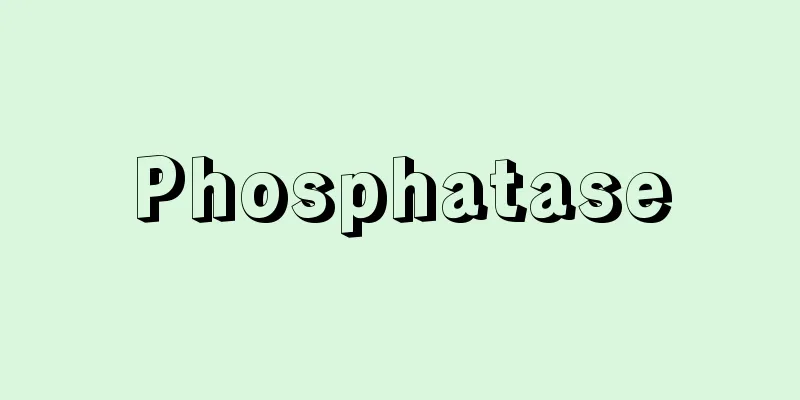Scheele - Karl Wilhelm Scheele

|
German-Swedish pharmacologist and chemist. His birthplace, Stralsund, is now in Germany, but at the time it was part of Sweden. He became interested in pharmacology from an early age, and after finishing school at the age of 14, he began his apprenticeship at a pharmacy in Gothenburg, hoping to make it his life's work. After working there for about eight years, he left the city and traveled around the country, spending some time in Stockholm and Uppsala. Although he did not attend university, he used the excellent skills he had honed as an apprentice to discover new substances one after another during his stays in both places. In recognition of these important discoveries, he was elected a member of the Swedish Academy of Sciences in 1775. In the same year, he was put in charge of a pharmacy in a small town called Köping, where he remained until his death. Among his discoveries were nitrous acid, hydrogen fluoride (albeit in a mixture with fluorosilicic acid), chlorine, uric acid, lactic acid, hydrocyanic acid, glycerin (glycerol), and many others. However, the concept of elements had not yet been established, and his work merely identified new substances. The same can be said about his discovery of oxygen. Priestley obtained gaseous oxygen (which he called "dephlogistonized air") in 1774, but Scheele probably obtained it earlier, around 1771, during his stay at Uppsala. This was probably obtained by heating mercury oxide, silver carbonate, magnesium nitrate, saltpeter, etc., or manganese dioxide with arsenic acid or sulfuric acid. This gas was called "air of fire" because it supported combustion and aided animal respiration. His only work, "Chemical Course of Air and Fire", was not published until 1777, which delayed the publication of his discoveries abroad. He also did not abandon the phlogiston theory, which was the theory of combustion at the time and which stated that combustion is the liberation of fuel. [Akira Yoshida] [References] | | | | | | |Source: Shogakukan Encyclopedia Nipponica About Encyclopedia Nipponica Information | Legend |
|
ドイツ系スウェーデンの薬学者、化学者。生誕地シュトラルズントは現在はドイツにあるが、当時はスウェーデンに属していた。年少のころから薬学に興味を覚え、それを一生の仕事とするため、14歳で学校を終えたのち、イョーテボリにある薬局で見習いを始めた。8年ほど勤めたのち、この地を去って各地を放浪し、ストックホルム、ウプサラにもしばらく滞在した。大学は出ていなかったが、もっぱら見習いで鍛えた優秀な腕を駆使して、両地滞在中に新しい物質を次々と発見した。それらの重要な発見が認められて、1775年にスウェーデン科学アカデミーの会員に選ばれた。同年チェピングという小さな町の薬局を任されることになり、以後、死ぬまでここを離れなかった。 彼の発見したものに、亜硝酸、フッ化水素(フッ化ケイ素酸との混合物ではあったが)、塩素、尿酸、乳酸、青酸、グリセリン(グリセロール)、その他多くのものがある。しかし当時はまだ元素の概念も確立しておらず、彼の仕事は単に新物質をつきとめたにとどまる。同じことが彼の酸素の発見についてもいえる。プリーストリーは、気体酸素(彼は「脱フロギストン空気」とよんだ)を1774年に得たが、シェーレはそれより早く、ウプサラ滞在中、1771年ごろには得ていたと考えられる。これは、酸化水銀、炭酸銀、硝酸マグネシウム、硝石などを熱するか、あるいは二酸化マンガンをヒ酸または硫酸とともに加熱して得られたようである。この気体が燃焼を支え動物の呼吸を助けることから、これを「火の空気」とよんだ。彼の唯一の著作『空気と火についての化学教程』は、1777年になるまで出版されなかったため、彼の発見が外国に知られるのが遅れた。また彼は、当時の燃焼理論であった、燃焼とは燃素の遊離だとするフロギストン説を捨てなかった。 [吉田 晃] [参照項目] | | | | | | |出典 小学館 日本大百科全書(ニッポニカ)日本大百科全書(ニッポニカ)について 情報 | 凡例 |
<<: Gerenuk - Gerenuk (English spelling)
>>: Germigny‐des‐Prés (English spelling)
Recommend
Takakage Kobayakawa
A military commander during the Sengoku and Azuch...
The Sacrifice of Isaac (Ghiberti)
…His first clear mark as a sculptor was his parti...
Noviciado
Noviciado was founded in 1580 (Tensho 8) in Usuki,...
Rules (philosophy) - rules
...The term is generally used to describe an orde...
People's Bank of China
It is the central bank of the People's Republ...
Antonov Ovseenko, VA - Antonov Ovseenko
…The peasant “People’s Army” reached 20,000-40,00...
Pierrot - Pierrot (English spelling) French
A type of Western clown. Its prototype is the slo...
Kagawa clan
...Under the rule of the Hosokawa clan, the shugo...
Zytomil
A city in northwestern Ukraine. It is located abou...
"Kojihonki" - Kujihongi
...10 volumes. Also known as "Kojiki" o...
Masayo Komiyama - Shosei Komiyama
Year of death: May 11, 1773 (An'ei 2, leap yea...
Angelico (English spelling) Angelico, Fra; Fra Giovanni da Fiesole
[Born] Around 14:00. Bikkio Died: February 18, 145...
Accel - Accelerate
…It is the polar opposite of the faithful reprodu...
Jinkhin (English spelling)
1243‐85 The second son of Kublai Khan, the founder...
Phytoalexin
A general term for low-molecular-weight antibacter...









